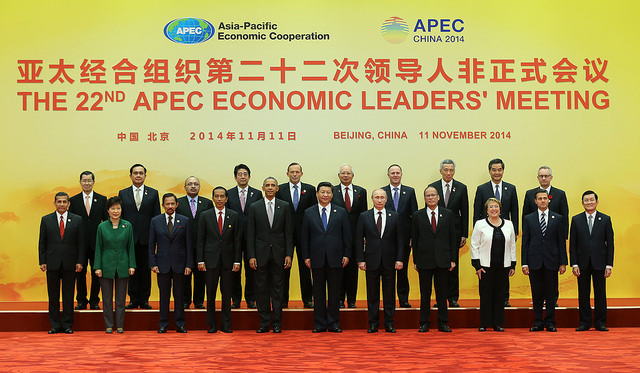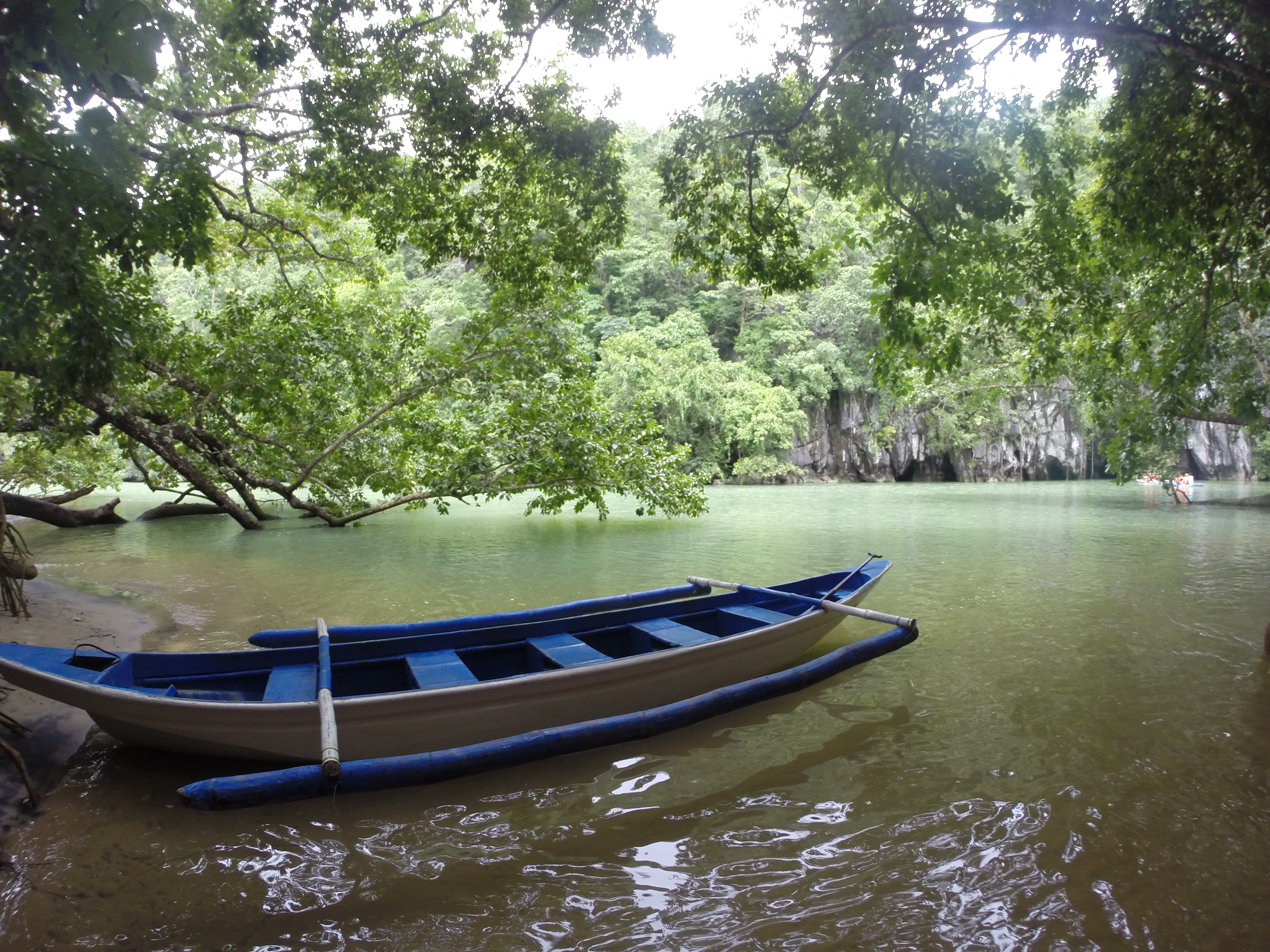Augmenting Capital: the Asian Infrastructure Investment Bank
It’s been hard to miss the growing attention given to the Asian Infrastructure Investment Bank (AIIB) over the past few months, but like so many things out there in the news related world, we may come to recognize the name without really having a clear idea of what it is or its purpose. Below are a few essential questions and answers to help provide a better understanding of this new financial body.
What is the Asian Infrastructure Investment Bank? Can you put it in layman’s terms?
             The Asian Infrastructure Investment Bank (AIIB), first proposed by the Chinese government, is a new regional institution whose purpose is to finance development and infrastructure projects in Asia. Need a new dam, highway, nuclear reactor? It’ll help you finance it. In short if countries need money to fund projects whether in transportation or energy, they can go to the AIIB and ask for support.
Aren’t there already international institutions responsible for funding projects in developing nations?
             Yes, currently the International Monetary Fund and the World Bank are two organizations that currently seek to promote economic growth for each of its contributing members and other developing nations. The Asian Development Bank also already exists specifically to create positive economic outcomes in Asian countries. So, why a new investment bank? It’s largely due to the perception that these institutions are essentially extensions of the United States’ policy arm and don’t give other nations a fair say in the use of funds. If you’re a country like China who desires a larger role in regional and global affairs these existing institutions don’t offer the opportunity to increase your influence. Creating your own developmental bank solves that problem.
There’s all this talk about it, is it even up and running yet?
             Currently, no. In October 2014 a signing ceremony in Beijing formally established the bank and a number of countries signed the Memorandum of Understanding and since then other countries have continued to apply for membership. As of now the AIIB and its participating members are in the process of finalizing the Articles of Agreements and it’s estimated that it will be ready by the end of 2015.
Participating members? Who is joining this new Chinese-led investment bank?
             21 countries were at the signing ceremony and became Prospective Founding Members (PFMs), after the ceremony 36 countries have been approved as PFMs and the AIIB has also received applications from countries seeking ordinary membership. A full list of its members can be found at http://aiibank.org/members.html.
It might be easier to answer the question, who isn’t joining or who hasn’t issued a statement of commitment. The United States and Japan are the two that stand out. The United States especially has criticized many of its European allies for joining and playing into China’s hands.Those European nations have countered, arguing they’ll have a better opportunity to influence China’s leadership of the new investment bank as members, rather than outsiders. Both the U.S. and Japan hold the largest influence over the current Asian Development Bank. In addition, institutions like the World Bank and IMF  have been dominated by the U.S. since the Cold War. Ironically enough, both the World Bank and IMF have welcomed and endorsed the AIIB as a positive step in supporting developing nations. It should also be noted that officials in the Chinese government have stated that both countries are welcome to apply and join the institution if they choose to.
With one more institution and more money to nations that need it, this sounds like a good thing. It is, right?
             There will always be a debate between quantity and quality. Is one more financial institution a good thing? Potentially. It’s no secret that similar organizations like the ones mentioned above, have largely failed to bring the promised growth and prosperity they often speak of and that many projects they currently fund can cause enormous environmental, cultural, and social disruption. Fears that the AIIB will not have high enough standards and safety measures have been one of the American government’s biggest issues with the new organization. China’s motives cannot be overlooked either. Such an institution will lengthen its own policy arm and allow it to continue to compete for influence throughout the region. Of course, the question; is a larger regional and global role for China a good thing, is also up for debate with no clear cut answer. Finally, it can’t be denied that access to more money at a macro-level offers advantages to countries looking to boost economic growth. We’ll have to wait and see whether it’s done correctly or not.
Sean Mulvihill






